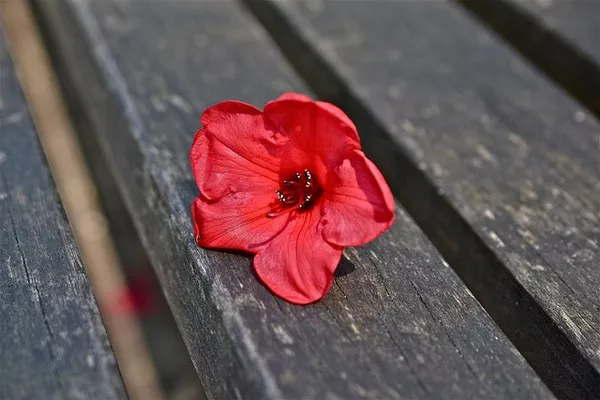As the festive season envelops the world in a tapestry of joy and merriment, Christmas stands out as a time of deep symbolism and tradition. Amidst the glittering decorations and festive melodies, flowers emerge as silent yet powerful messengers of the season’s spirit. In this article, we delve into the rich symbolism of flowers during Christmas, exploring the historical roots and cultural significance that make these floral arrangements an integral part of the holiday celebrations.
Historical Roots of Christmas Floral Decor:
The use of flowers in Christmas celebrations can be traced back to ancient times when various cultures incorporated nature’s bounty into their festivities. In the Roman festival of Saturnalia, which predates Christmas, evergreen branches and plants were used as symbols of life and fertility during the winter solstice. This practice carried over into the Christian celebration of Christmas, where greenery and flowers became emblematic of eternal life and the hope of renewal.
Christian Symbolism:
In Christianity, flowers hold profound symbolic significance, with each bloom carrying a unique message related to the religious narrative of Christmas. The poinsettia, for instance, is often associated with Christmas due to its vibrant red color, resembling the Star of Bethlehem. Legend has it that a poor Mexican girl, unable to offer a gift at the church altar, presented the humble poinsettia, and as she did, the leaves transformed into the striking red blooms we recognize today.
The holly and the ivy, with their evergreen nature, have long been revered as symbols of Christ’s enduring life. The prickly leaves of holly are said to represent the crown of thorns, while the red berries symbolize Christ’s blood. The ivy, which clings steadfastly to surfaces, signifies faithfulness and eternal life.
Festive Floral Arrangements:
Floral arrangements play a central role in adorning homes, churches, and public spaces during the Christmas season. The Christmas tree itself, adorned with baubles and lights, is a magnificent display of evergreen beauty. The practice of decorating trees has roots in pagan traditions, where evergreen trees were seen as symbols of life amidst the winter’s barren landscape. Over time, this custom evolved, with Christians embracing the Christmas tree as a symbol of the everlasting life brought through the birth of Christ.
Beyond the Christmas tree, wreaths adorned with flowers and greenery hold special significance. Circular in shape, wreaths symbolize eternity, with no beginning or end. The use of fragrant flowers, such as lavender and rosemary, adds a sensory dimension to these decorations, enhancing the festive ambiance.
See Also: How does Christmas impact the floral industry?
Cultural Variations:
The symbolism of flowers during Christmas extends beyond religious narratives, with cultural variations influencing the choice of blooms and their meanings. In Mexico, for example, the vibrant marigold is often incorporated into Christmas decorations. Known as “cempasúchil” in Spanish, marigolds are associated with Dia de los Muertos (Day of the Dead) but are also embraced during the Christmas season, symbolizing remembrance and celebration of loved ones.
In Scandinavian cultures, the Christmas season is celebrated with the tradition of creating Yule bouquets. These arrangements typically include elements such as pine cones, dried fruits, and candles, alongside winter flowers like amaryllis and paperwhites. The Yule bouquet symbolizes the triumph of light over darkness, reflecting the seasonal theme of the winter solstice.
Conclusion:
In the tapestry of Christmas traditions, flowers emerge as powerful symbols, weaving together the threads of religious narratives, historical roots, and cultural variations. From the iconic poinsettia to the timeless holly and ivy, each bloom contributes to the festive ambiance, conveying messages of hope, renewal, and eternal life.
As we gather around the Christmas tree and admire the beauty of floral arrangements, let us not only revel in the aesthetic splendor but also reflect on the deeper meanings that these blooms carry. In the language of flowers, Christmas becomes a symphony of colors and fragrances, inviting us to embrace the spirit of the season with hearts full of joy and gratitude.


